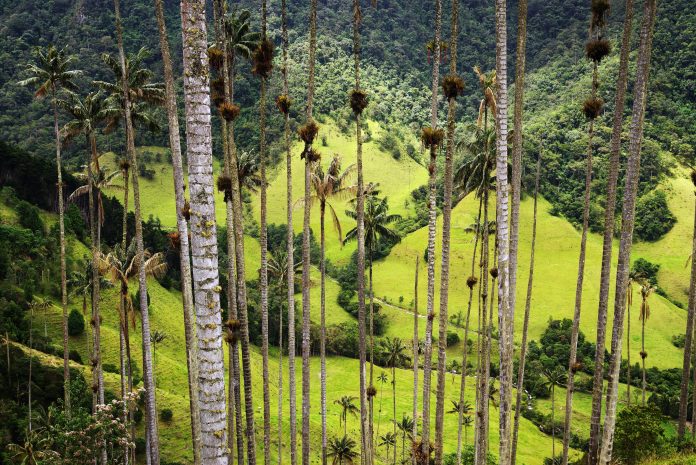According to new data, there are 73,274 different species of tree on Earth – with another 9,186 still to be discovered
This new global estimate of the number of tree species, published in PNAS, is about 14% more than previous estimates of 60,000 species (2017) and 64,000 (2018).
“Biodiversity estimation at regional and global scales is challenging because only a tiny fraction of the ecosystem in areas of interest can be feasibly surveyed, and the estimates from these surveys need to be extrapolated to areas orders of magnitude larger,” said Professor Cang Hui, a biomathematician in the Department of Mathematical Sciences at Stellenbosch University.
When concerning tree species, scientists still lack a fundamental understanding of how many species there are – even though trees are among the largest and most widespread organisms on the planet.
Trees are the largest and most widespread organisms on the planet
The team of more than 147 researchers from 153 different institutions worldwide collaborated on the project. They used a ground-sourced global database of about 64 100 species to develop estimates of the number of tree species at biome, continental and global scales. And in using some of the latest statistical methods, their research was able estimate the number of tree species that are currently unknown to us.
The study found that 43% of all Earth’s tree species occur in South America, followed by Eurasia (22%), Africa (16%), North America (15%) and Oceania (11%).

Unknown and undiscovered
According to the team, one of the most fundamental questions in ecology is how many species inhabit the Earth.
By establishing a quantitative benchmark, the research team hopes the information will contribute to tree and forest conservation efforts and the future discovery of new tree species in certain parts of the world.
“For instance, considering that we estimated that about 31 100 tree species are expected in South America, and those known to science are about 27 200, there might be another 3 900 tree species yet to be discovered in this continent and most of them could be endemic and located in diversity hotspots of the Amazon basin and the Andes-Amazon interface,” the research team writes in their study
This makes forest conservation a top priority not only in South America, but also of tropical and subtropical forests in other continents.
This study has highlighted the vulnerability of global tree species to man-made changes to land use and future climate. The authors said: “Losing regions of forest that contain these rare species will have direct, and potentially long-lasting, impacts on the global species diversity and their provisioning of ecosystem services.
“Our results demonstrate both the lack of knowledge we still have about the tree species within our global forest systems and the value of novel approaches to help fill those gaps. This information is useful in providing fundamental insights about the diversity of life on our planet and its needed conservation.”











